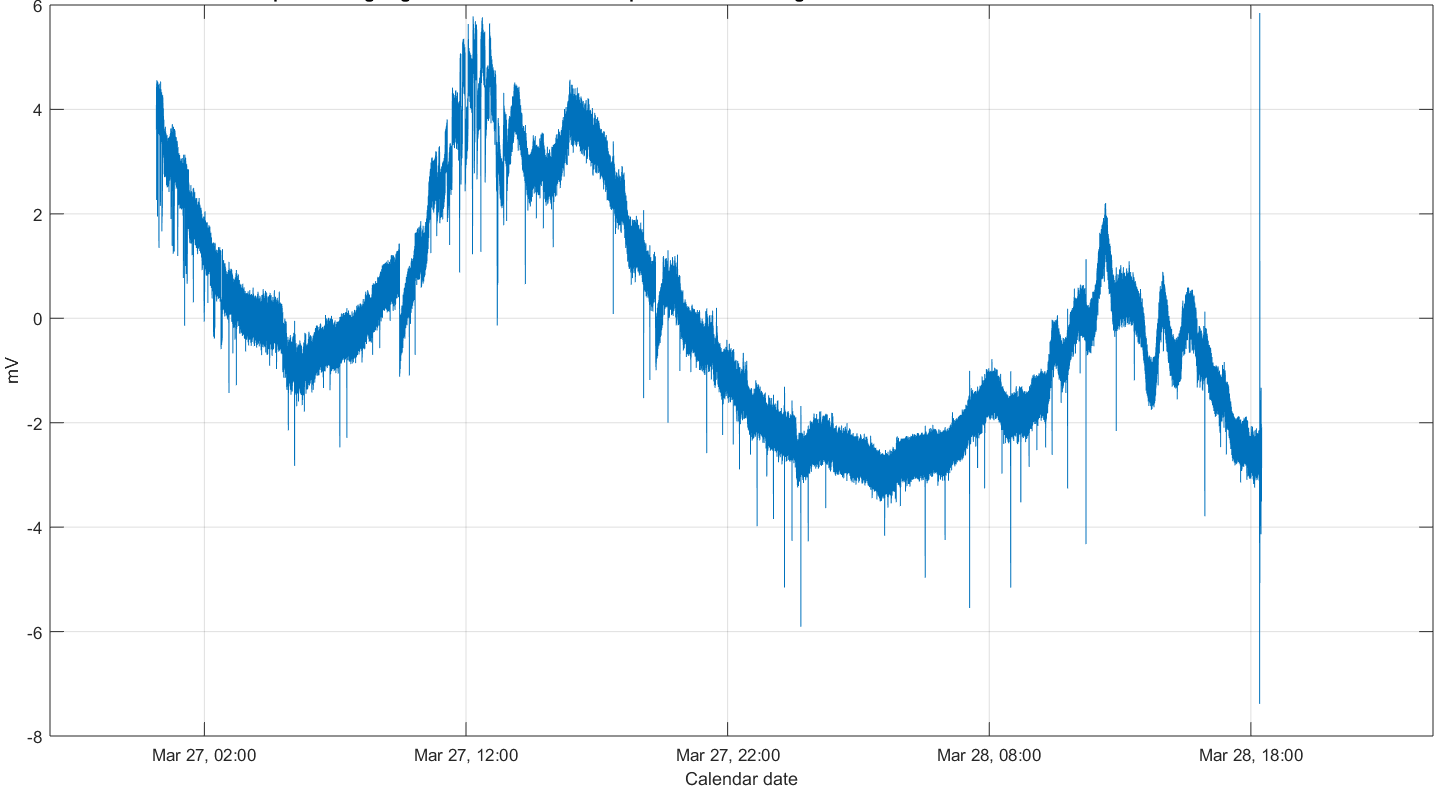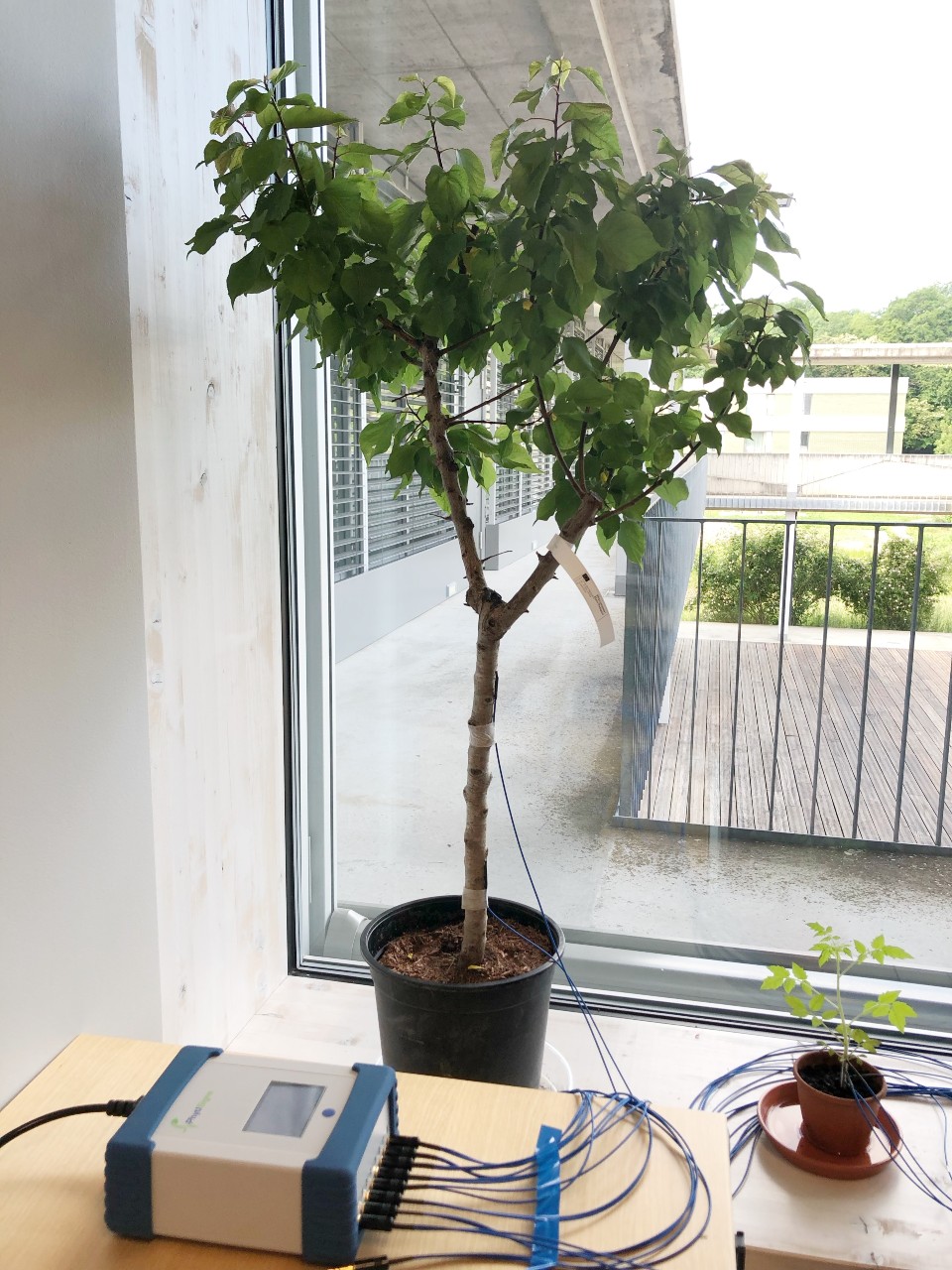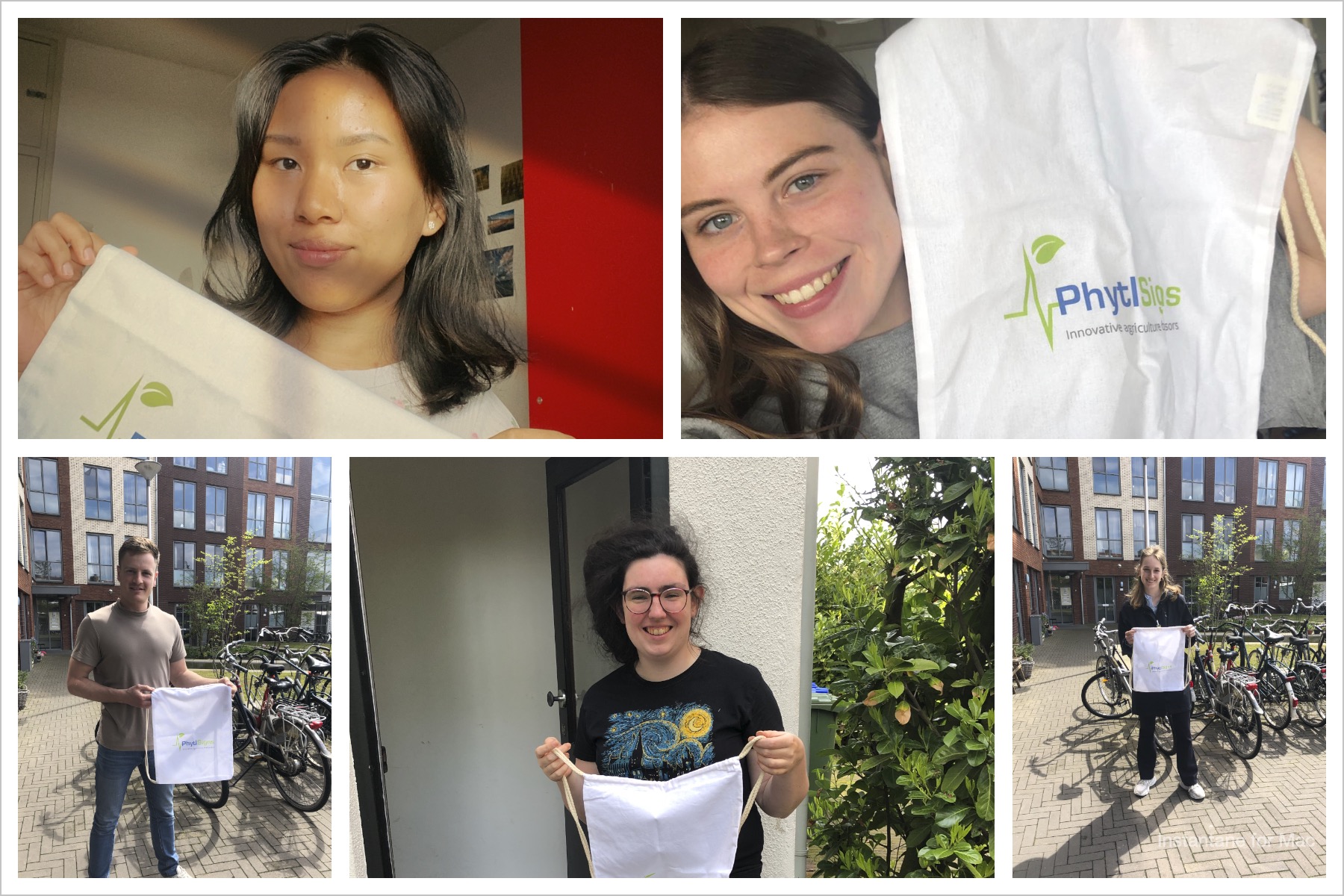
Are you into hacking? I don’t mean getting into the White House server. I mean decoding the language of living beings – like plants.
Just like any other organism, plants emit electrical signals – and hacking into them, using our Phytl Signs device, needs a clear signal. But once you’ve managed that, then what?
Let’s assume that with a Phytl Signs instrument you have good data. The files can be prodigious, especially for long experiments. We use Audacity and Matlab in the time domain. And we already know that the signal has multiple scales: what you see depends on the timescale you choose.
Most work has been driven by the large ‘defence’ transients first observed in sensitive plants like the Venus Flytrap. These signals are large: more than a few tens of millivolts lasting tens of seconds. And interestingly, these transients, or action potential, usually occur quite a few seconds after the damage incident. Most researchers focus on these dimensions: experiments that last a minute or two with signals of say, 50mV.
As yet, nobody has studied these elements of plant communication. We simply don’t know how far they travel within the plant and what they mean. What’s exciting is that because Phytl Signs devices are simple and robust, it’s easy to record over long periods and see new patterns arise in the signals.
This multi-day experiment shows how the DC-offset changes though the day. It’s been observed before – and adds another layer of complexity to the data processing.
And on top of all this, we know that plants ‘learn’. In other words, after repeated exposure to a stimulus, they choose whether to continue with the same response.
Signal decoders spend as much time in the ‘frequency domain’ as in the ‘time domain’. We use the amazing ‘baudline’ program to investigate these fascinating signals, and see evidence of shift-keying, of dominant frequencies and periods of frustrating emptiness.
To complicate things further, plants are great antennae, picking up all sorts of frequencies from the environment – we’ve even (unintentionally) recorded radio stations.
Our challenge to you – if you like decoding, use your expertise and join us on this journey to decipher the hidden language of plants. We need your help – email us at info@phytlsigns.com.








